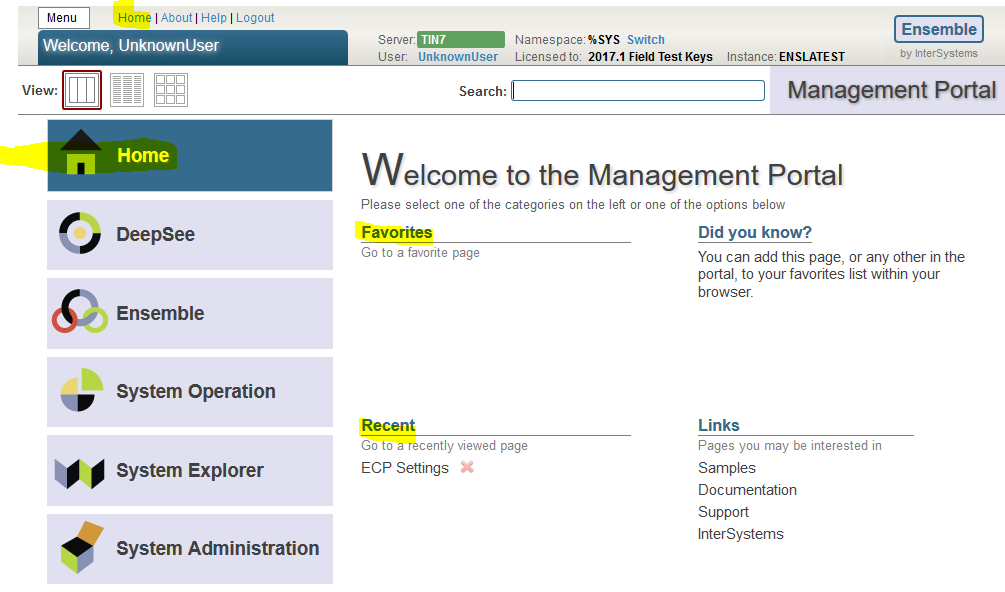Process-private Globals can be used as a data global in storage definition. That way, each process can have its own objects for the class with ppg storage. For example lets define a pool, which can:
- add elements to a pool (ignoring duplicates)
- check if an element exists in the pool
Here's the class:



